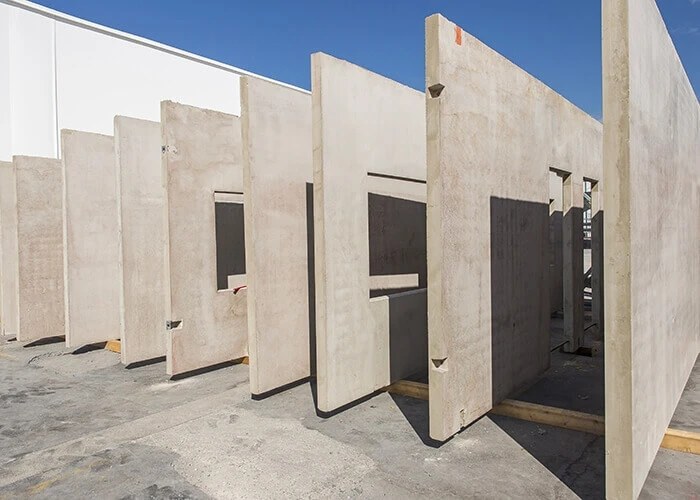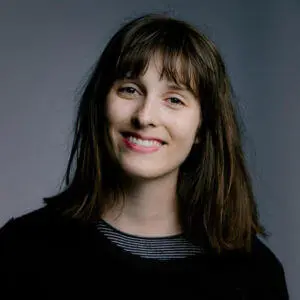& Construction

Integrated BIM tools, including Revit, AutoCAD, and Civil 3D
& Manufacturing

Professional CAD/CAM tools built on Inventor and AutoCAD
Africa is growing faster than any other continent in the world. According to United Nations demographic growth figures, its population is expected to almost double, from an estimated 1.1 billion to 2.4 billion, by 2050.
The problem is that in many countries, the infrastructure, education system, healthcare system, and the economy are unprepared for this rapid growth.
As a result, young people under the age of 25—who make up almost 60% of the African population—are migrating to megacities such as Kinshasa in the Democratic Republic of Congo and Lagos in Nigeria in hopes of better job prospects and an improved quality of living. Life in these cities is characterized by a divide between poverty and wealth, with slums, tents, and corrugated iron shacks located just a few streets away from luxury villas.
Johann Peneder, managing director and chief operation officer of Austrian firm Umdasch Group Ventures, believes it is essential to counter this housing inequality with better architectural solutions. As a result, his firm has created a subsidiary, NEULANDT, to take the first steps toward building affordable housing for all.
“NEULANDT” plays on the German word for “new land,” and true to the company name, the NEULANDT team is designing new ways to create living spaces. NEULANDT has developed a next-generation, portable “house factory”: a precast construction plant that can be shipped anywhere in the world and assembled on-site in order to begin building affordable housing in a short period of time.
“Thanks to the technology we have chosen and the innovative steps taken to develop it, our productivity is now significantly improved,” says Christine Fasching, head of sales and business development at NEULANDT.
“Industrialized construction takes many forms but is always reflective of changing demand, business models, and industry convergence,” says Amy Marks, head of industrialized construction strategy and evangelism at Autodesk. “NEULANDT is a prime example of how the ecosystem is rapidly evolving and converging to serve the needs of emerging economies and empowering local skilled workers, creating a positive impact for environmental, economic, industrial, and social sustainability.”
According to the Umdasch team, by using butterfly technology, a plant could build up to 1,000 single-story or multistory houses per year. Butterflies are foldable steel formwork elements that are vastly more effective than classic battery formwork. “With this technology, we have two 23-by-10-foot areas onto which we can place the precast element,” Peneder says. “We don’t specify the architecture of the finished home; instead, we provide a space to play with architecture, a construction kit from which customers can help themselves to create the living space that suits their needs.”
In other words, this efficiency does not come at the cost of customized design. “Housing for the masses doesn’t have to bear the label ‘prefabricated housing’ and all its negative connotations,” Fasching says. “You can also design housing in such a way as to largely meet individual requirements.”
One way to achieve this, she suggests, is to cooperate with the local construction trades. The floor plan is created and standardized based on local needs while flexibility is retained for the paintwork, furnishings, and additional architectural features.
Christine Fasching, NEULANDT head of sales and business development
Peneder explains that NEULANDT wants to use the portable plant to expand construction to pass on technological expertise and efficient construction techniques to local professionals. “We don’t go into a country as a manufacturer, but as a technology and infrastructure supplier,” Fasching says. “We lay the foundation for the local development of the ecosystem.”
To do this, a team will train staff and assist with the four- to six-week on-site assembly of the plant. “We worked hard to build the original plant at our Amstetten site in Germany,” Peneder says. The portable plant, which is 230 feet (70 meters) long and 49 feet (15 meters) wide, was operated there on a trial basis. With 80 employees from all over the world, it operated like a laboratory, testing ways to execute actual projects in various target markets.
The plant is transported to its destination via 40 sea-freight containers and remains on the construction site as long as necessary before moving on to the next location.
“Digitized construction and factory-built homes, designed for manufacturing and assembly, can not only help with the looming housing crisis but also control construction costs, reduce waste, and provide workers important new skills for the future,” says Lynelle Cameron, Autodesk vice president of sustainability and CEO of the Autodesk Foundation.
Although NEULANDT is currently focused on building affordable housing in emerging markets, its portable plant has many other potential uses. The lack of affordable housing is a problem in the US, and the housing situation is becoming critical in Europe, too. German cities such as Munich, Hamburg, and Frankfurt have been affected, and real estate prices in Paris and London have been escalating for years. Yet people continue to move to these metropolises.
In disaster areas, like those recently devastated by tsunamis or hurricanes, it is necessary to build emergency shelters from scratch within a very short space of time. And exceptional situations, such as the COVID-19 pandemic, increase the pressure to build emergency hospitals and set up vaccination centers. A facility such as the portable precast plant could be used to provide a quick, more resilient response to these scenarios.
Carolin Werthmann studied literature, art, and media science at the University of Konstanz and has worked for Callwey Verlag, a German publisher specializing in architecture, crafts and landscape architecture. She also studied Cultural Journalism at University of Television and Film in Munich (HFF Munich) and currently writes for publications including the Süddeutsche Zeitung, one of Germany’s leading newspapers.
Emerging Tech
AECO
AECO









